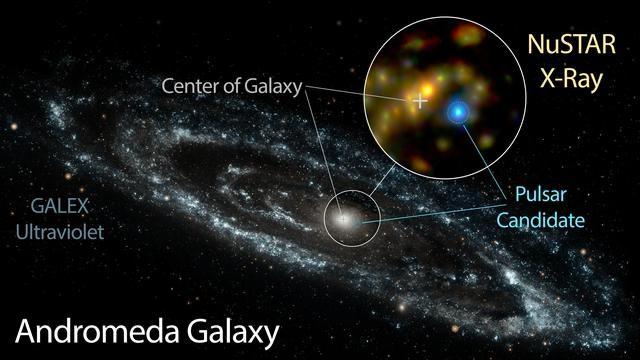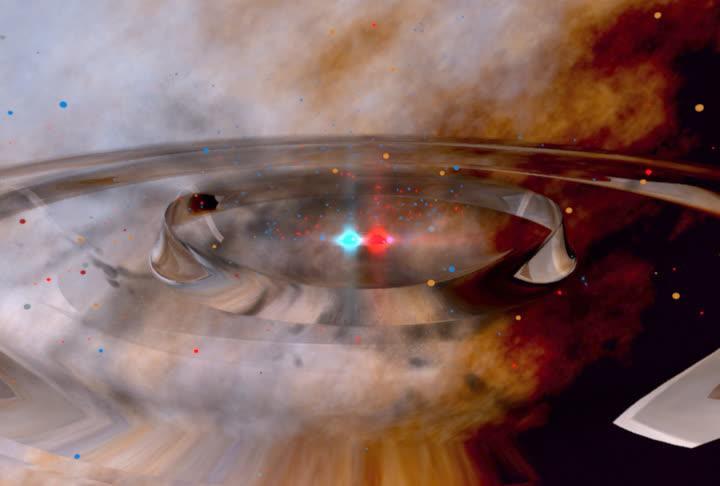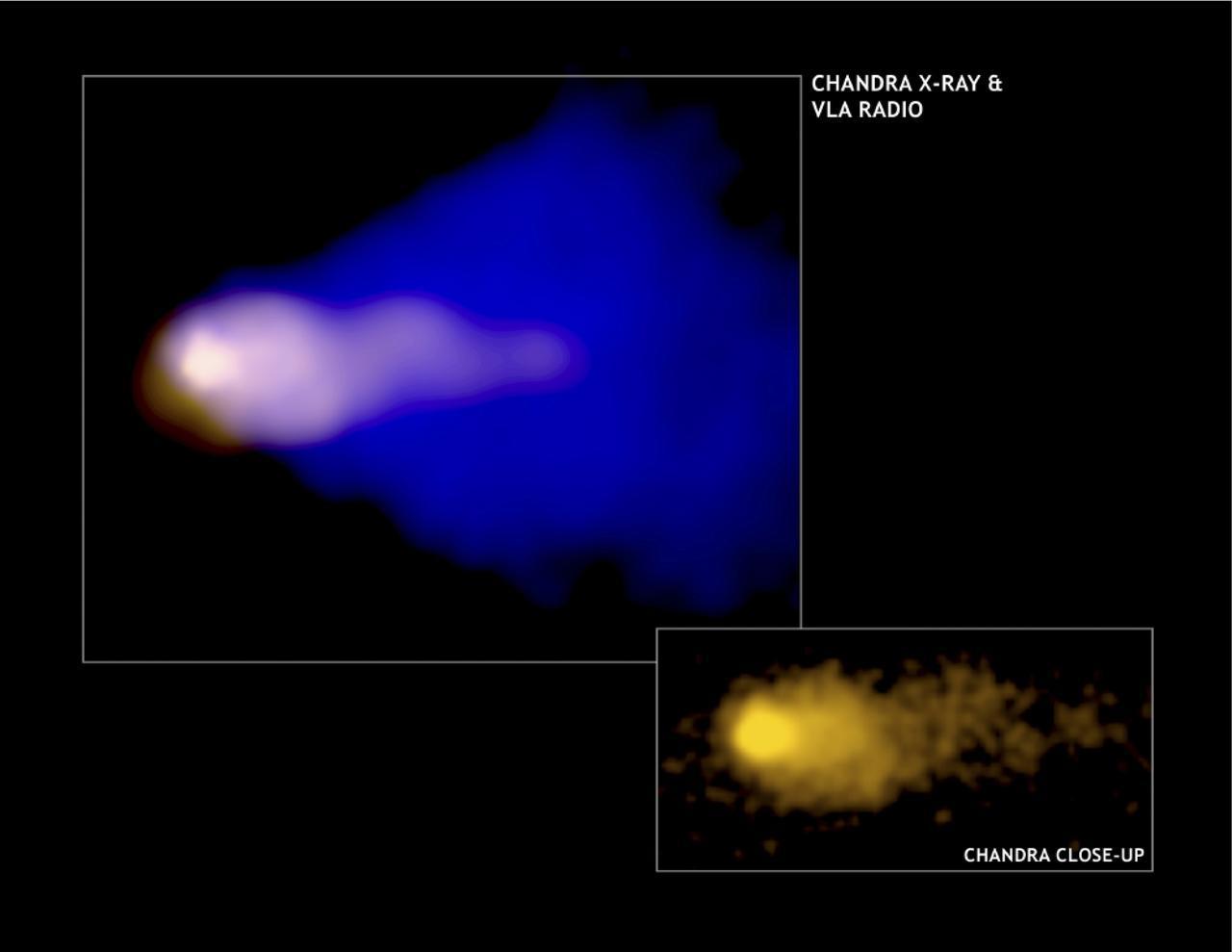Dark matter is a huge mystery, making up about 27% of the universe, but we can’t see it. Scientists are now looking at pulsars—fast-spinning neutron stars—to help us find this elusive stuff.
Pulsars act like cosmic clocks, and by studying them, researchers might finally get a glimpse of dark matter, which could change everything we know about space.
What are Pulsars?

Pulsars are neutron stars with strong magnetic fields that spin extremely fast and shoot out beams of radiation. As they rotate, these beams flash past Earth in regular pulses of light.
These stars are the remnants of massive stars that have exploded. Their precise timing makes them incredibly useful for studying the universe.
How Pulsars Help Measure Space

Scientists use pulsar timing to figure out huge distances in space. By observing how long it takes for a pulsar’s signal to reach Earth, they can map out our galaxy and beyond.
This helps us understand where dark matter might be and how it’s spread throughout the cosmos.
Pulsars and Gravitational Waves

Pulsars are also crucial for studying gravitational waves—ripples in spacetime first detected by LIGO in 2015. Pulsars help in picking up these waves, which gives us more clues about them and their connection to dark matter.
Energy in the form of gravitational waves that last a fraction of a second and can be heard throughout the universe with the right tools
New Discoveries in Dark Matter Research

Researchers at the University of Notre Dame have used pulsars to spot potential dark matter. This breakthrough, shared at a major astronomy conference, could make a big difference in our quest to understand dark matter.
By looking at pulsar signals, scientists are seeing odd patterns that might hint at where dark matter is hiding.
The Creation of Pulsars

Pulsars form when a massive star runs out of fuel, collapses, and explodes in a supernova. The core left behind becomes a neutron star, and if it spins fast enough, it becomes a pulsar.
These neutron stars spin quickly and emit radiation beams because of their strong magnetic fields, which makes them appear to pulse from Earth.
Why Pulsars Aren’t Really Pulsating

The name “pulsating star” isn’t entirely accurate. Pulsars don’t actually pulse. Their rotation causes their radiation beams to sweep across space, creating the illusion of pulsing.
This image above is an Artist concept via NASA that shows a pulsar, which like a lighthouse, its light appears in regular pulses as it rotates.
Comparing Neutron Stars

Pulsars are neutron stars that emit regular pulses of radiation, while magnetars are another type with extremely strong magnetic fields that release high-energy radiation
Both types give us important insights into extreme space conditions and the possible presence of dark matter.
Why Pulsars Are So Important?

Pulsars are essential tools for studying space. They help measure distances, investigate gravitational waves, and search for dark matter. Their accuracy makes them perfect for these complex tasks.
Ongoing research with pulsars will likely lead to new discoveries about the universe and space as we know it.
Exploring the Universe’s Mysteries

Studying pulsars and dark matter is pushing the boundaries of our knowledge about the universe. These breakthroughs could lead to major scientific advances and help us unlock more of space’s most well guarded secrets
As our exploration continues, combining theory with observation will surely lead to new and fascinating revelations for years to come

